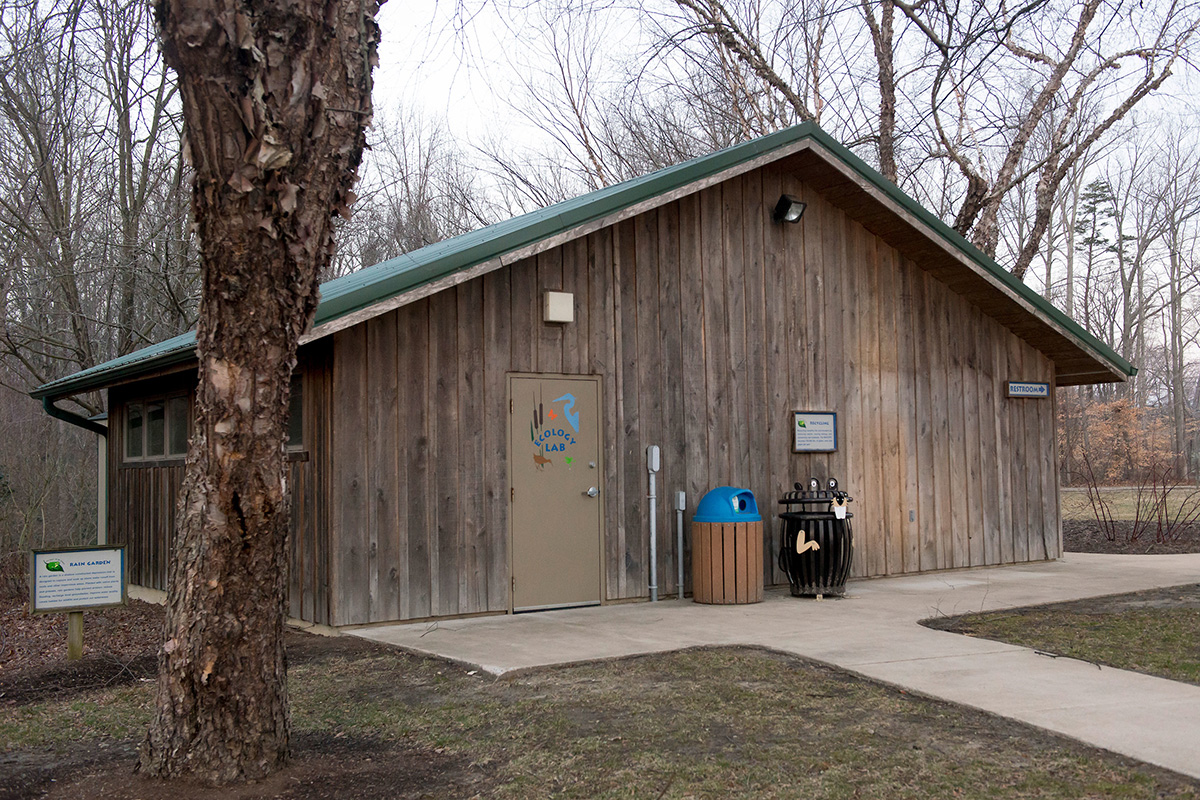
The terms “wellness,” “wellbeing” and “happiness” have often been used together or interchangeably by businesses, researchers and the media. Travis is one of the pioneers of the modern wellness movement in the late 1970s. *The continuum concept is adapted from Dr. Ultimately, a solid foundation for wellness helps us prevent and overcome disease, both at present and in the future. In contrast, wellness is a salutogenic and proactive approach, focused on prevention, healthy lifestyles and the pursuit of optimal wellbeing.

Our healthcare systems use a pathogenic and reactive approach, focused on causes, consequences, diagnosis and treatment of diseases and injuries. The growth of wellness is the extension of this consumer value and worldview. In other words, wellness is proactive, preventive and driven by self-responsibility. They adopt attitudes and lifestyles that prevent disease, improve health, and enhance their quality of life and sense of wellbeing.

On the opposite end, people focus proactively on prevention and maximizing their vitality. * On one end, patients with poor health engage the medical paradigm to treat illnesses they interact reactively and episodically with doctors and clinicians who provide care. One way to understand wellness is to consider health as a continuum that extends from illness to a state of optimal wellbeing.

Second, wellness is linked to holistic health-that is, it extends beyond physical health and incorporates many different dimensions that should work in harmony. First, wellness is not a passive or static state but rather an “active pursuit” that is associated with intentions, choices and actions as we work toward an optimal state of health and wellbeing. There are two important aspects to this definition. Defining Wellness The Global Wellness Institute defines wellness as the active pursuit of activities, choices and lifestyles that lead to a state of holistic health. As these have evolved, proliferated, and gone mainstream, they have informed the healthy-living, self-help, self-care, fitness, nutrition, diet and spiritual practices that have become a flourishing wellness movement in the 21st century. Wellness-focused and holistic modalities have gained more visibility since the 1960s/1970s under the writings and thought leadership of an informal network of US physicians and thinkers (such as Halbert Dunn, Jack Travis, Don Ardell, Bill Hettler, and others). With their focus on holistic and natural approaches, self-healing and preventive care, these movements have provided a firm foundation for wellness today.

In 19th-century Europe and the United States, a variety of intellectual, religious and medical movements developed in parallel with conventional medicine. The key tenets of wellness as both preventive and holistic can be traced back to ancient civilizations from the East (India, China) to the West (Greece, Rome). Wellness is a modern word with ancient roots.


 0 kommentar(er)
0 kommentar(er)
